Types of OLED light fixtures
OLED light fixtures are thoughtfully integrated assemblies of OLED light panels that not only contribute to lighting layers in a space, but also serve as a design element to enhance the look of the space. They can be pendant lights that hang gracefully from the ceiling to create an elaborate focal point, inject personality to an interior setting, or transform any bland room into a captivating space. They can also be semi-flush mount ceiling lights that strike a stupendous compromise between the decorative look of a pendant and the compact functionality of flush mount lighting. Creative use of OLED wall sconces can compose visual balance in a space and elevate the character of a room. OLED table and floor lamps are the functional art in the room. Floor lamps provide flexibility in use and create interest at eye level. Table lamps can add subtle charm to freshen the layout of a room while providing intimate, soft lighting for reading or relaxing.
Layered lighting design with OLED fixtures
OLED lighting opens up a world of new perspectives for architects, lighting designers and luminaire makers who indulge in using light as a medium that inspires visual, physiological and psychological responses in humans. The ultra-thin profile of OLED light panels and the technology’s ability to deploy the emitting layers onto a variety of flexible surfaces allow lighting professionals to explore unusual combinations of form and function in lighting. An interior space necessitates incorporation of multiple layers of light to offer the right blend of ambient, task and accent lighting.
Layered, sophisticated lighting schemes created by OLED light fixtures maximize the livability of an interior space and provide attractive aesthetics. OLED ceiling lights fill spaces with a soft layer of ambient light. The gently diffused light is distributed uniformly throughout a space. The flattering and natural light makes navigating the space visually comfortable and conveys a sense of intimacy and relaxation. OLED task lights taking the form of table lamps, floor lamps and under-cabinet lights can illuminate specific areas dedicated to activities effectively without straining eyes. Despite being Lambertian surface emitters, OLED light panels can also be used to create accent lighting systems that work subtly to call attention and place visual emphasis on whatever deserves to be noticed.
OLED lighting redefines fixture design
The principal function of an OLED light fixture is to aesthetically modify the appearance of light sources while the design of LED light fixtures imposes additional consideration on fixture-level optical regulation and thermal management. OLED lighting differentiates itself from other technologies in that it provides surface emission and the technology blurs the boundary between light source and light fixture. An OLED light panel is natively a planar light source but it can work independently as a light fixture. As opposed to LED lights that require complicated optical design to mitigate glare and improve light distribution, no external optics are needed for OLED light fixtures because of the soft and homogeneous light emission from the light panel. OLEDs typically generate much less heat than LEDs and their large light emission surface enables the heat to be much more efficiently dissipated. An OLED light panel comes with a heat spreader that is attached to the back of the device.
With both straight and curve forms, the lightweight and low-profile surface-emitting devices allow for innovative transformation from source to luminaire that can stand out as artistic centerpieces. Not only can OLEDs be used to create fixtures that effortlessly fulfill artistic and functional roles for a space, but they can also serve as architectural elements that infuse and organize lighting into architecture to exhaustively express and underline the desired character of a space.
Color rendering
OLED light fixtures never fail to impress and delight with their particularly natural light. In OLEDs, white light is composed through color mixing of three primary colors (red, green, and blue, termed as RGB). This approach creates a spectral power distribution (SPD) that uniformly spreads radiant power throughout the wavelength range of the visible electromagnetic spectrum (typically from 380 to 770 nm). The full-spectrum light can reproduce the colors of any illuminated object faithfully, allowing objects having complex and subtle coloration to appear truly natural and vibrant.
The white light emitted by a typical OLED light has a color rendering index (CRI) of greater than 90 and an R9 value of greater than 50, which come very close to that experienced under natural daylight. LEDs, the inorganic cousins of OLEDs, produce white light predominantly through phosphor conversion which utilizes a blue LED chip to pump phosphors within the device package. This method results in a non-uniform distribution of radiant energy across the light spectrum. To create a spectrum balanced in exact proportions to provide the most accurate color rendition, the efficacy of phosphor converted LEDs has to be traded because of the Stokes loss during wavelength down-conversion. The color temperature of a white light source is determined by its spectral composition.
Color temperature
Similarly, LEDs with a low correlated color temperature (CCT, e.g., 3000K) is less efficacious than those with a high CCT (e.g., 6000K) due to the need to convert a large amount of blue light into red light that makes the white light appear warmer. Owing to the use of color mixing approach which doesn’t use phosphor down-conversion and hence no Stokes losses occur, OLEDs do not experience penalty in efficacy for delivering white light at low color temperature. Under the current device architecture, warmer white OLEDs are even more efficient than cooler white OLEDs. This phenomenon encourages the widespread use of OLEDs that emit at a lower CCT (2700K, 3000K, 4000K). From the aspect of human centric lighting (HCL), the use of warm white light during evenings and night is recommended because the blue-depleted light has a much less disruptive effect on the human circadian rhythm when compared with exposure to cool white light which has a higher percentage of blue in the spectrum.
OLED panel construction
The principal building block or frequently the dominating part of an OLED light fixture is the light panel. An OLED light panel is usually a bottom-emitting device in which light exits from the substrate. The device is fabricated on a transparent glass or plastic substrate, onto which the positive electrode (anode) layer is deposited. The anode layer is made from a transparent conducting oxide (TCO) which is usually indium tin oxide (ITO). Several layers of organic materials or complex carbon-containing molecules are evaporated onto the anode layer to perform different functionalities like hole injection, hole transport, emission, hole blocking and electron transport. It is these organic layers that determine the panel’s light output, efficiency, and lifetime as well as the spectral composition of the emitted light.
The top layer is the negative electrode (cathode), which is typically a layer of highly reflective aluminum foil. If the panel is intended to emit light through both sides, a transparent cathode will be used. The organic layers, which are sandwiched between the anode and cathode, are very sensitive to oxygen and moisture. The OLED module is therefore encapsulated in a thin film that creates an airtight seal to prevents oxidization and other reactions with moisture in the air. A flat heat spreader is coupled to the rear side of the thin film encapsulation (TFE) layer. Uniform heat dissipation over the light panel is important as the forward voltage changes with temperature. Variations in forward voltage over entire span of an OLED light panel can lead to inhomogeneous light emission.
OLED operation
When a voltage is applied between the two electrodes, holes injected from the anode move to the light emitting layer (EML) via the hole transport layer (HTL), and electrons injected from the cathode move to the EML via the electron transport layer (ETL). The holes and electrons recombine to form excitons in the EML. Attenuation from excited state to ground state causes the excitons to release energy in the form of a photon with wavelengths in the visible part of the light spectrum.
When driving OLEDs, it is essential that the current flow through the electrodes remains stable for a consistent light output and is limited to a safe value. Typically, the constant current OLED driver is implemented as a switching mode power supply (SMPS). The DC output should have a low ripple content so that temporal light artifacts (flicker and stroboscopic effects) will not occur. Dimming of the OLEDs is generally accomplished through constant-current reduction (CCR) because flicker is unlikely to occur with this method as opposed to the pulse-width modulation (PWM) method.
An OLED light may be comprised of multiple light panels. Serial interconnection is preferred over parallel interconnection as asymmetrical current distribution due to parallel configuration may lead to the damage of individual OLEDs.

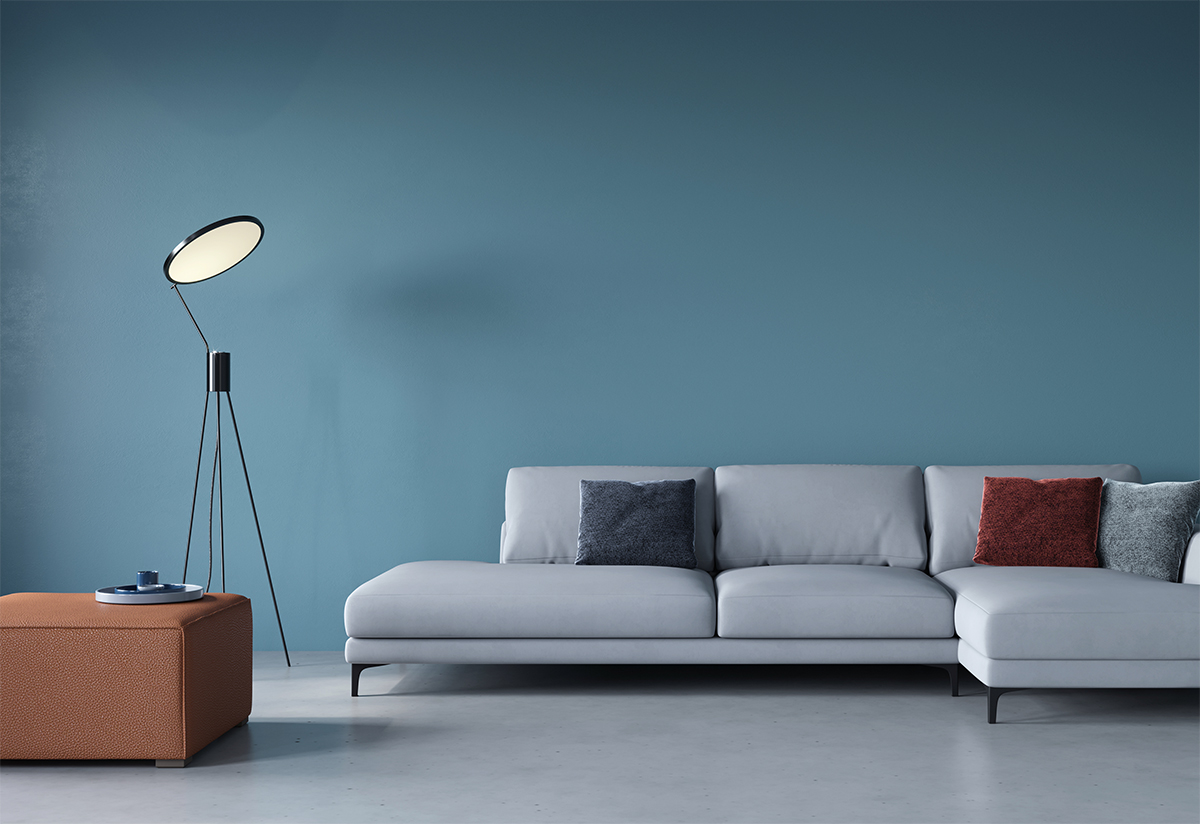


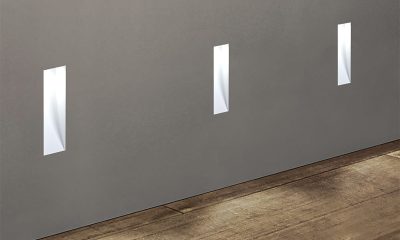
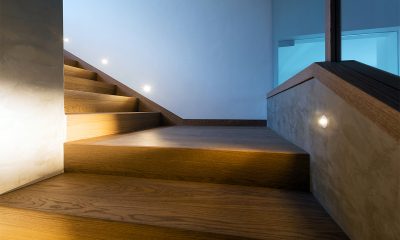
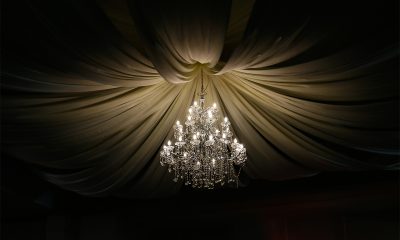
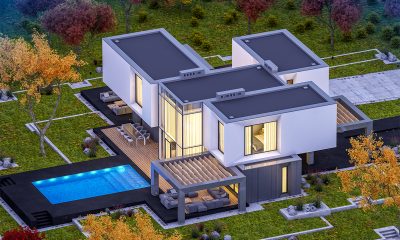
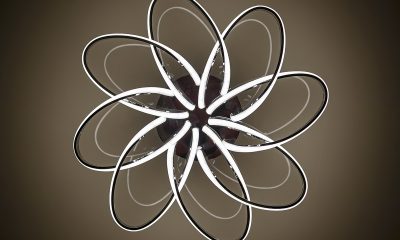
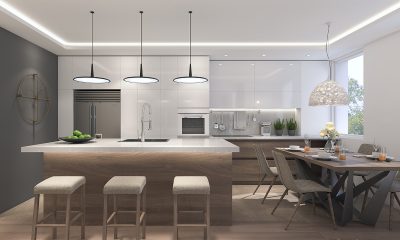
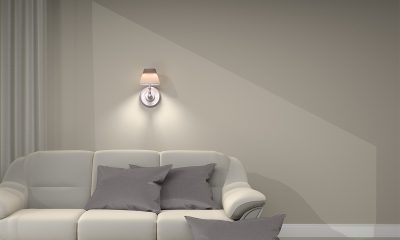

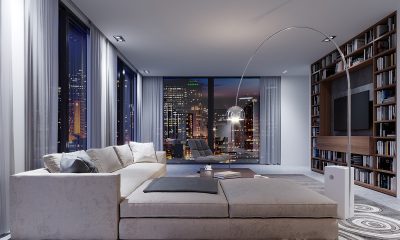
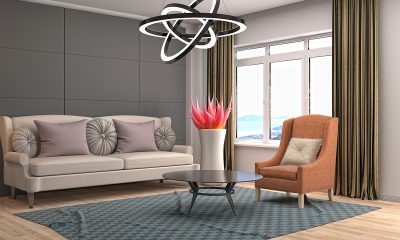





Loading...